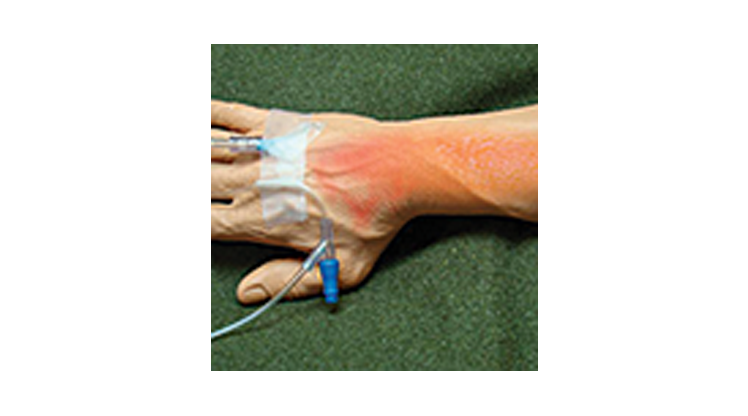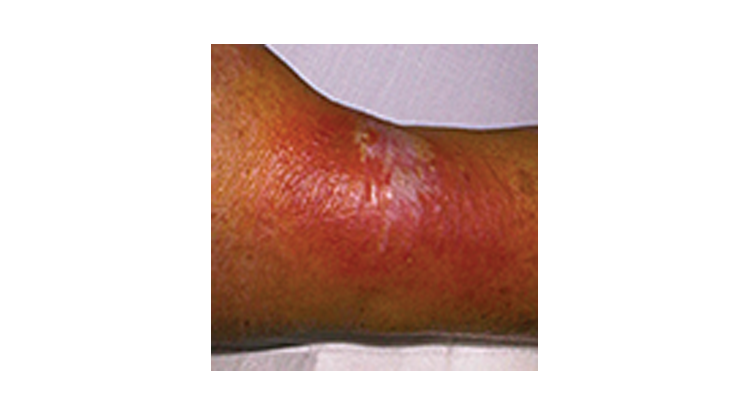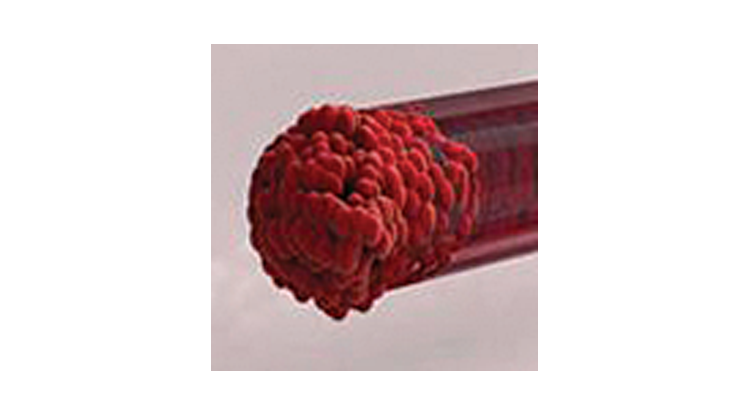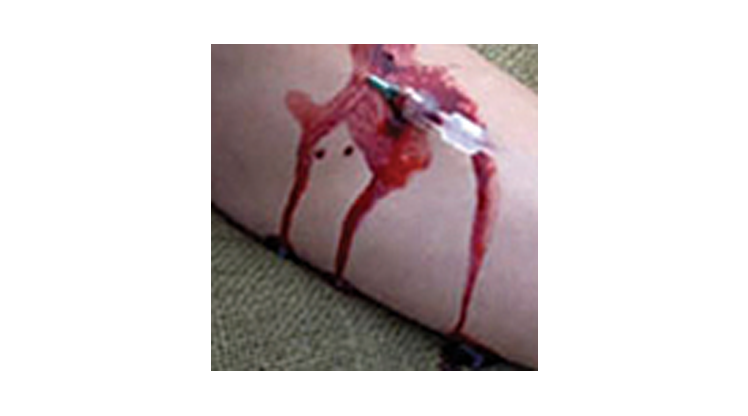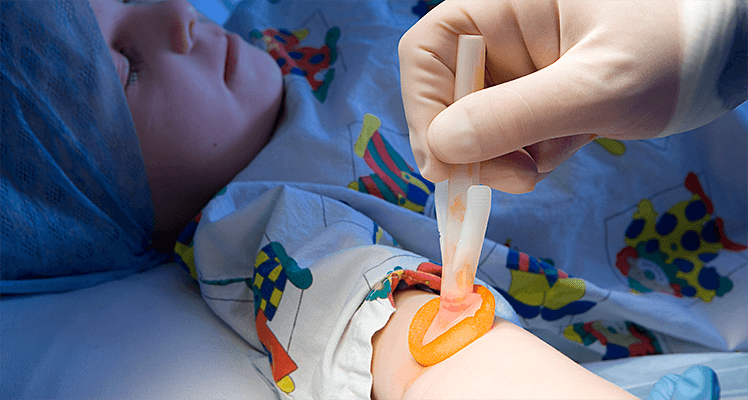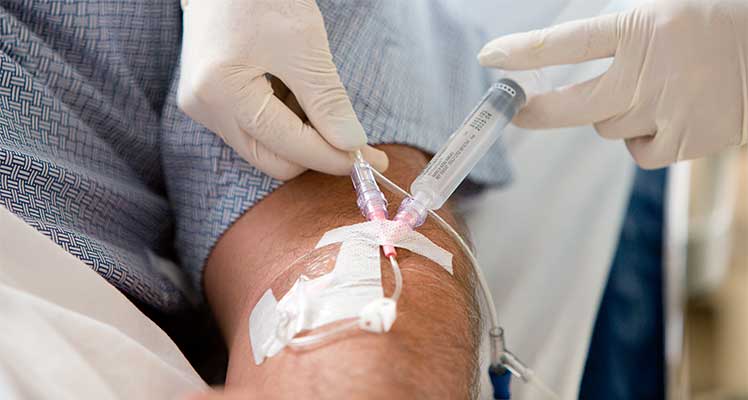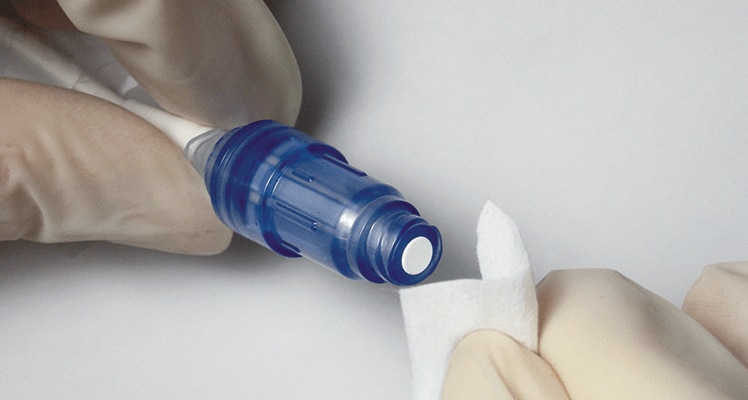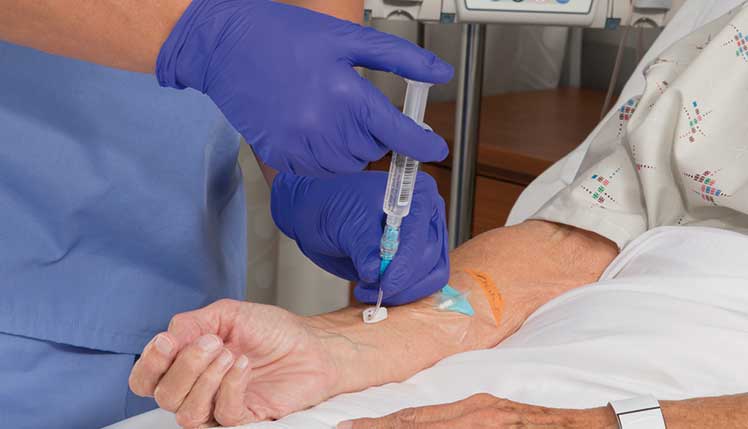Vascular Access Management, a comprehensive solution for your peripheral IV care
Please note, not all products, services or features of products and services may be available in your local area. Please check with your local BD representative.
References
- Helm RE, Klausner JD, Klemperer JD, et al. Accepted but unacceptable: peripheral IV catheter failure. J Infus Nurs. 2015:38(3):189-203.


